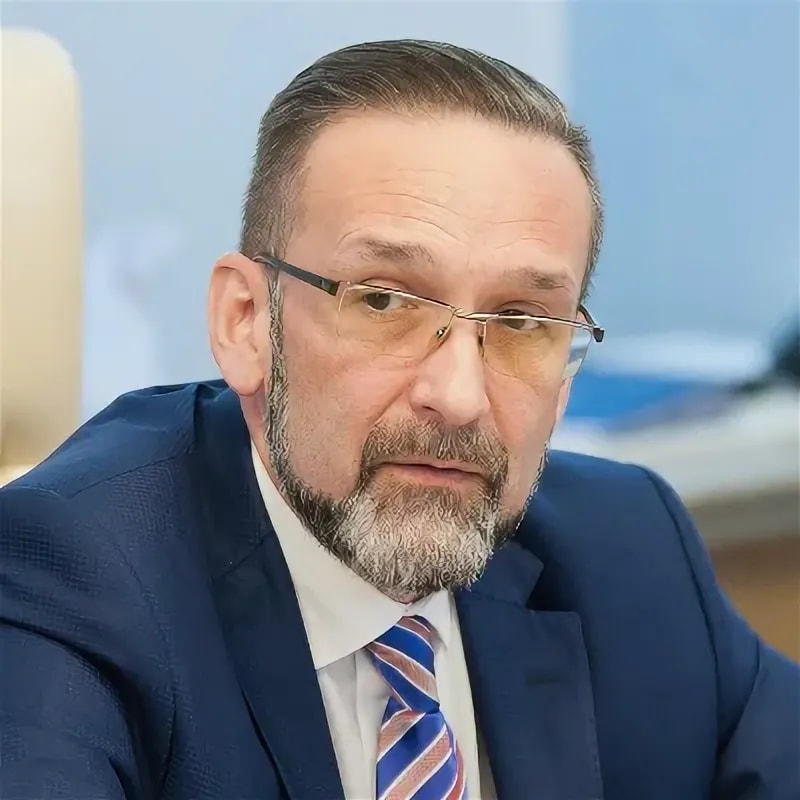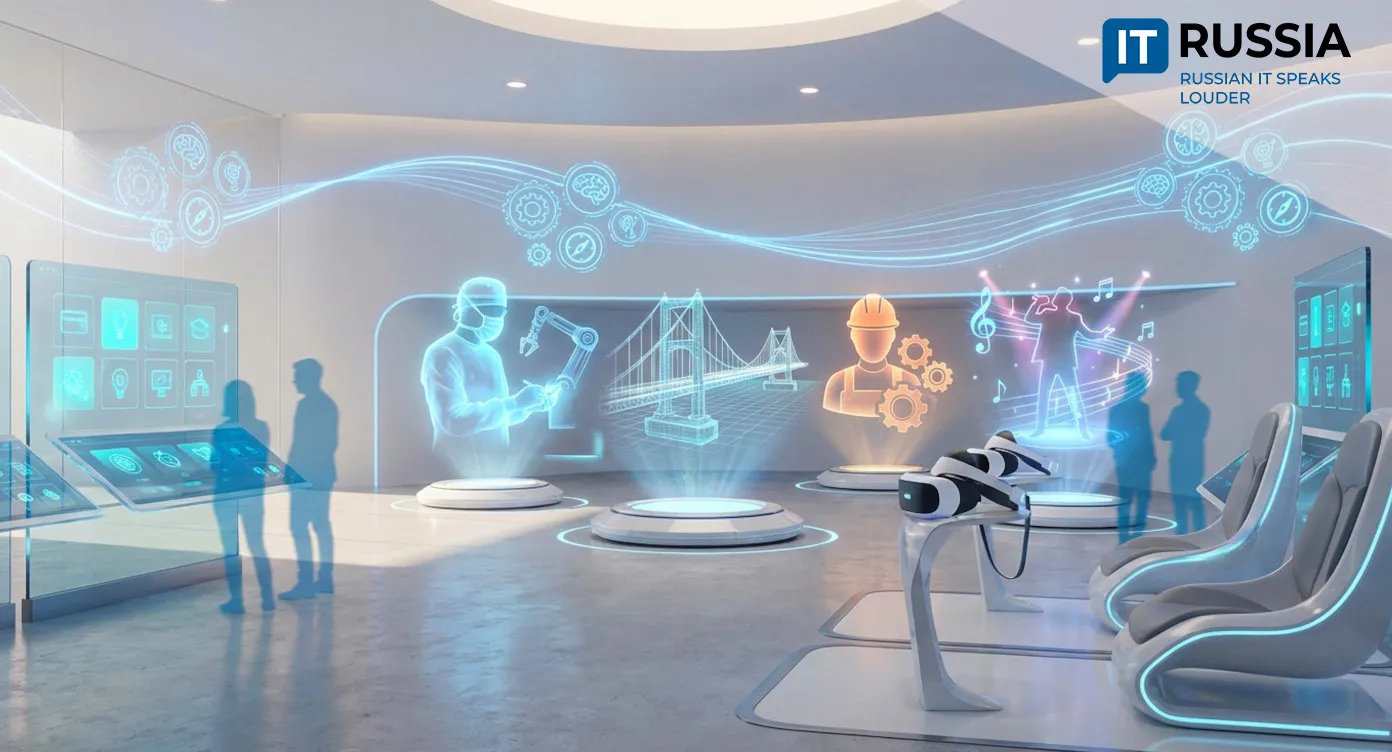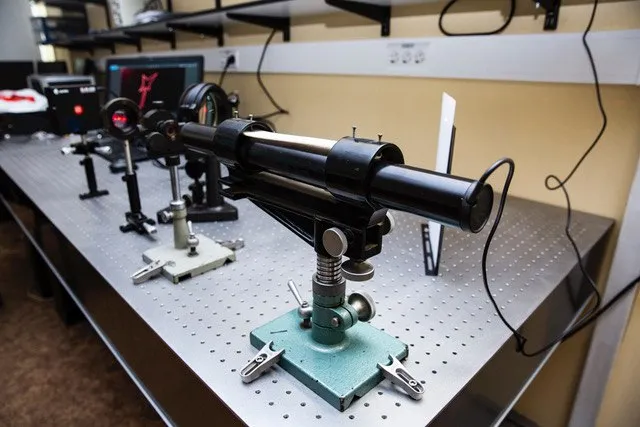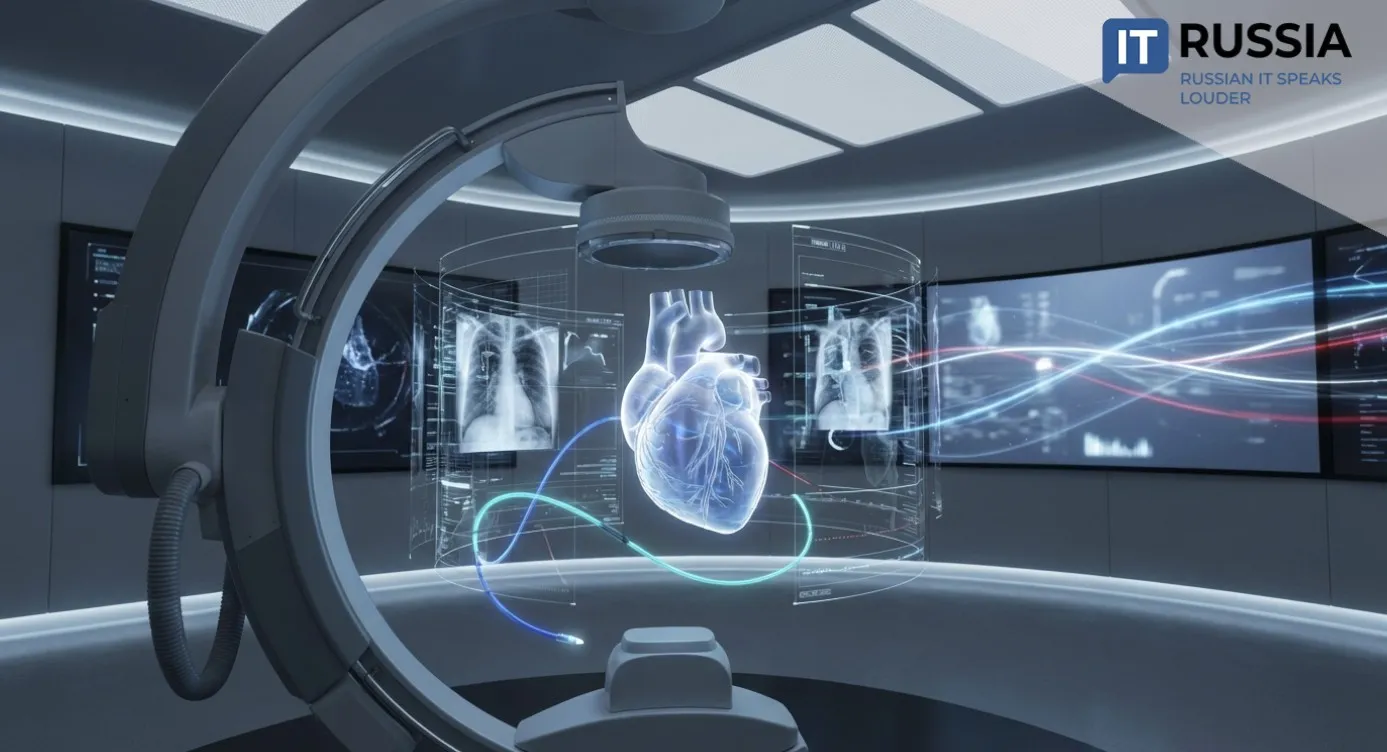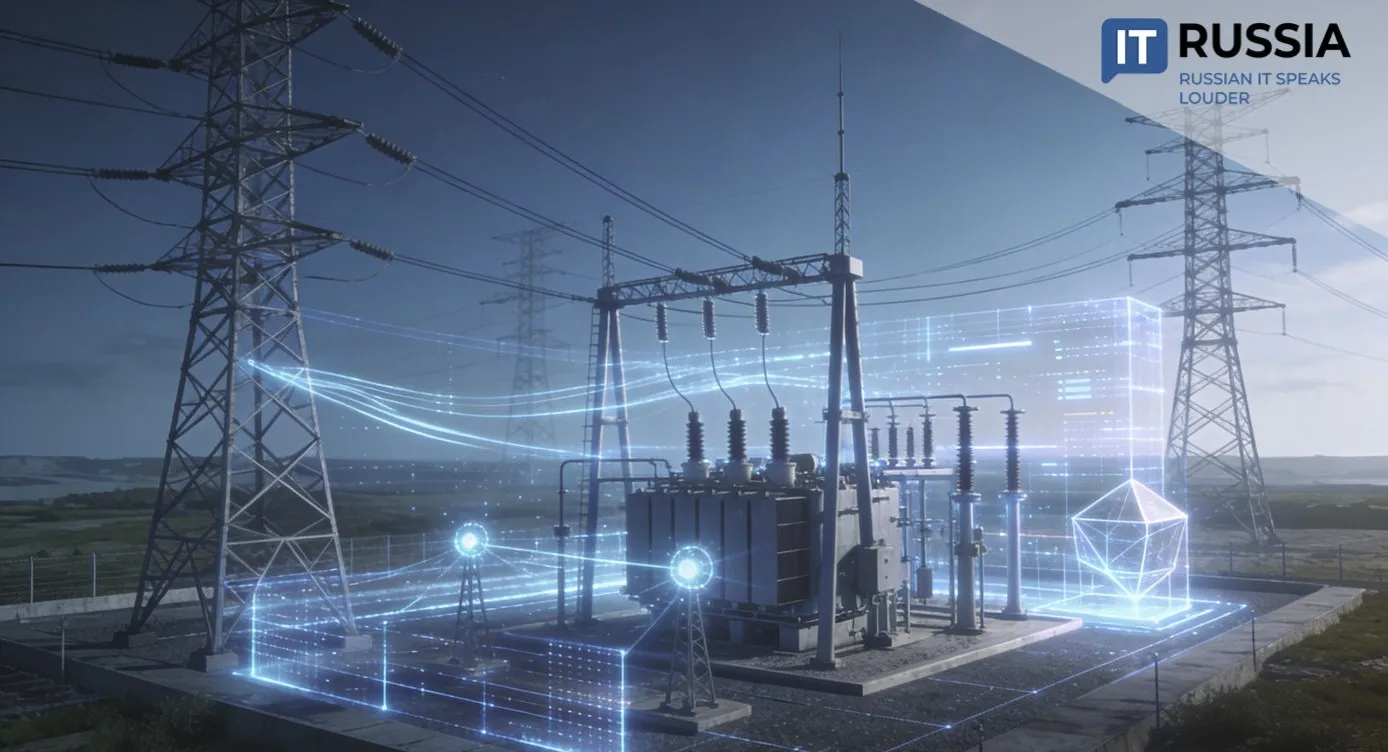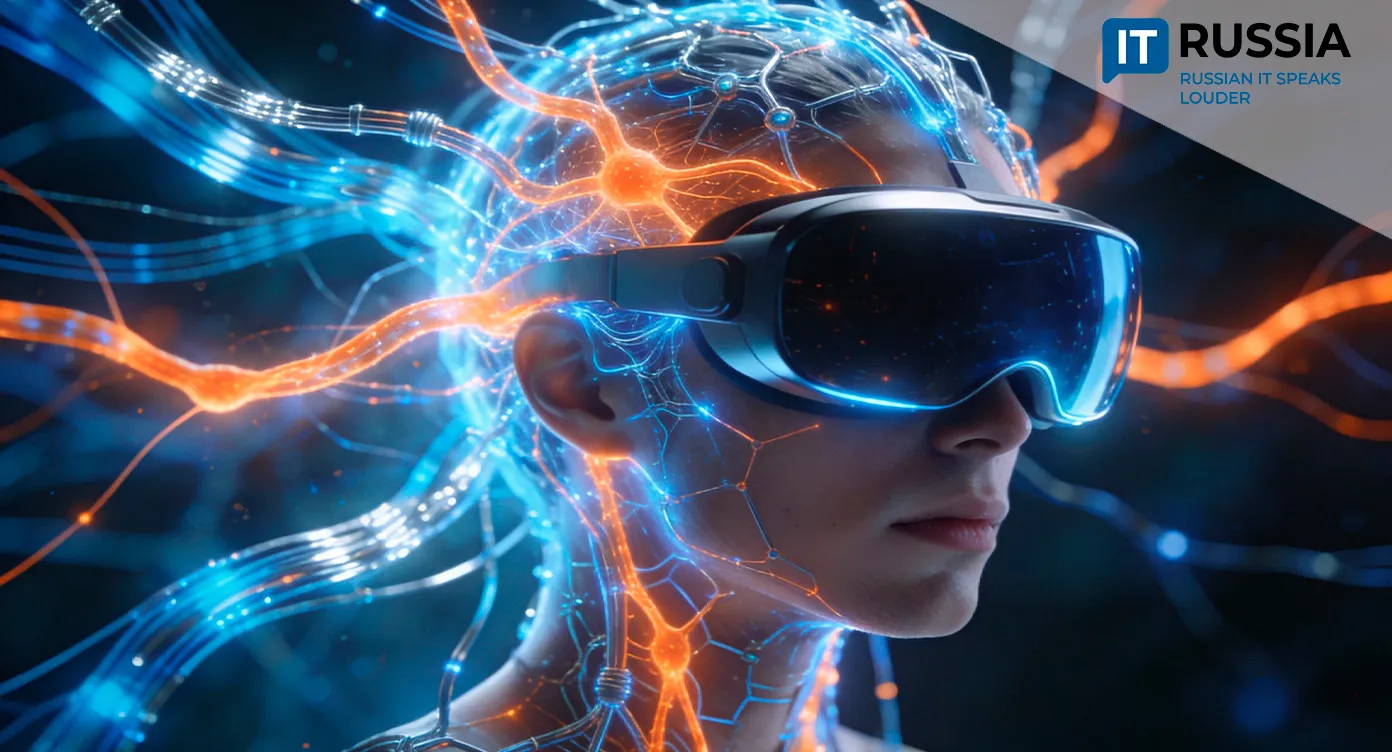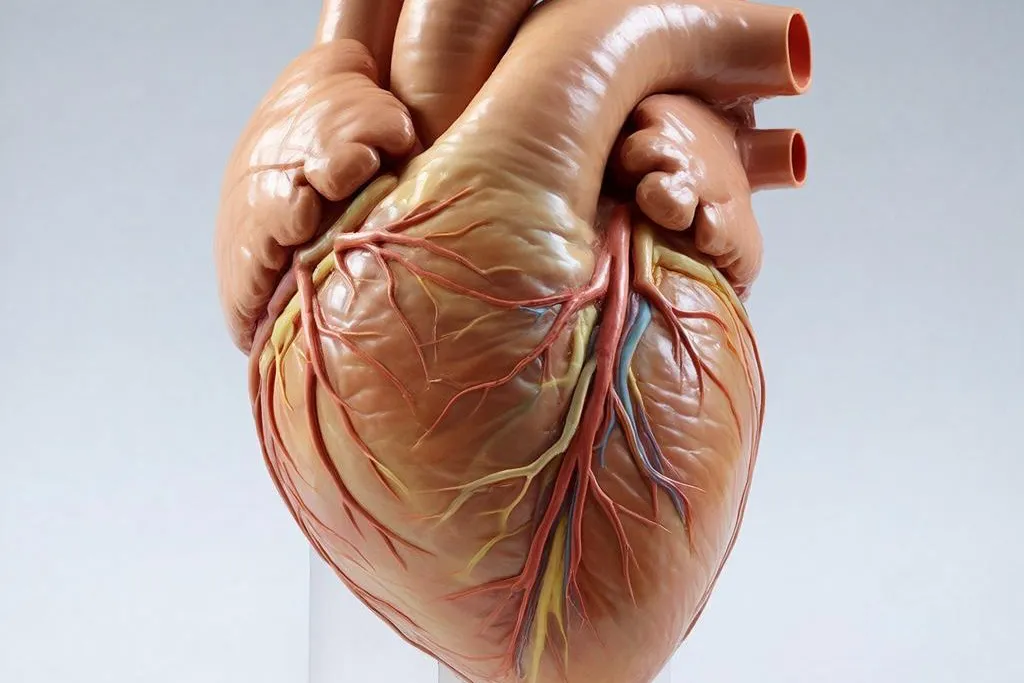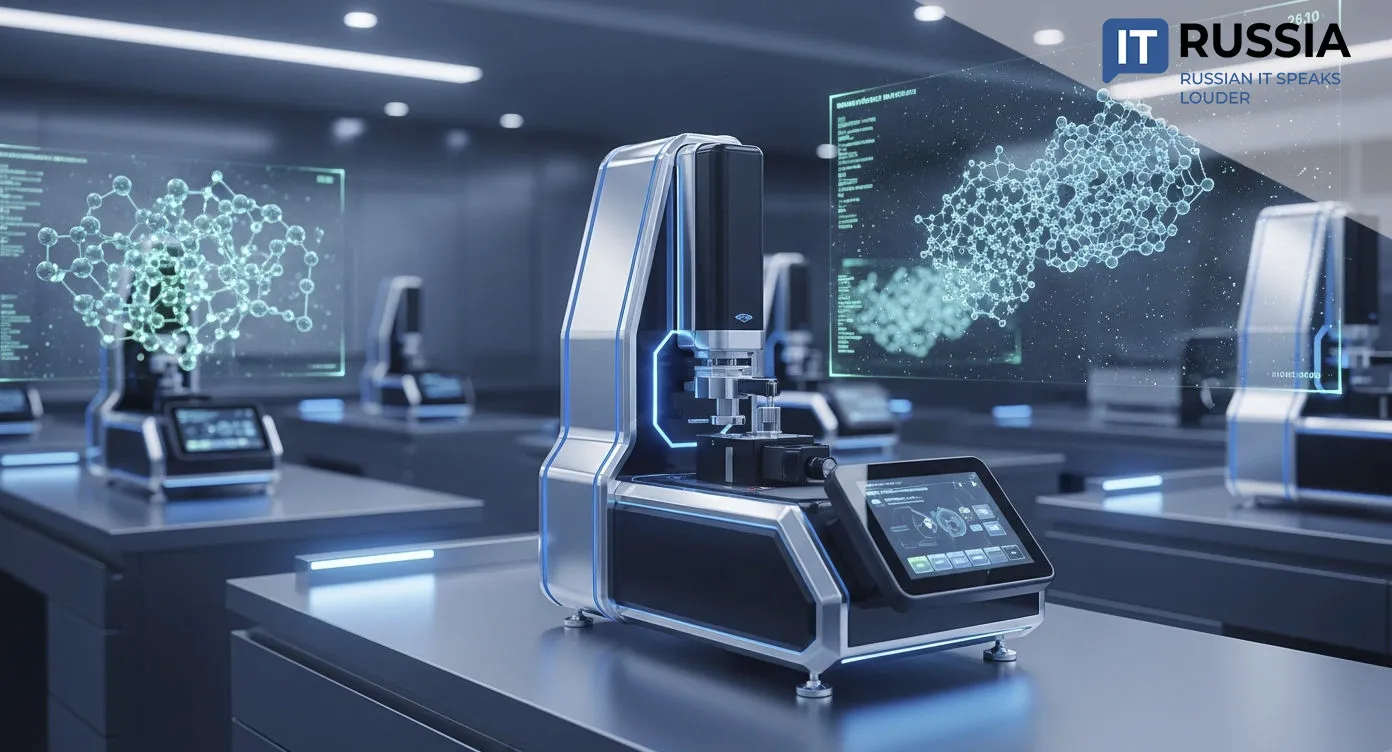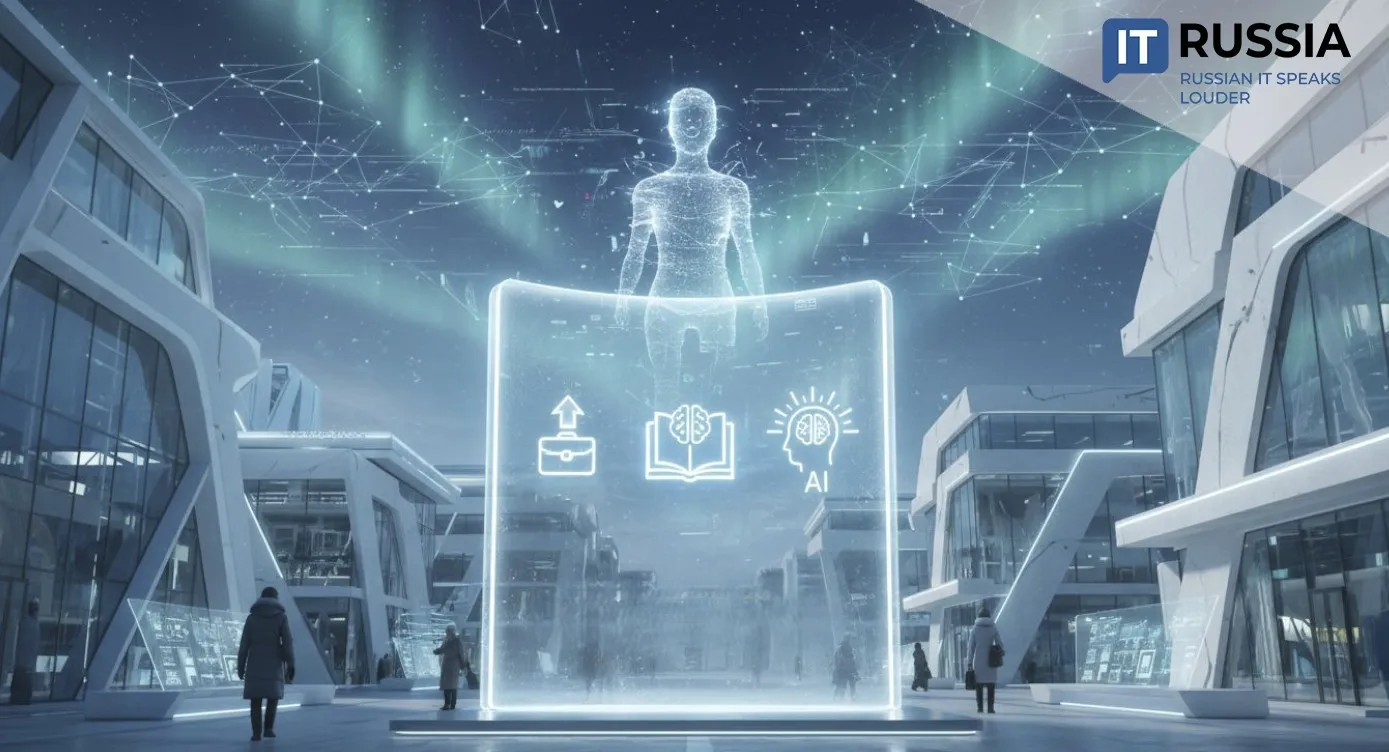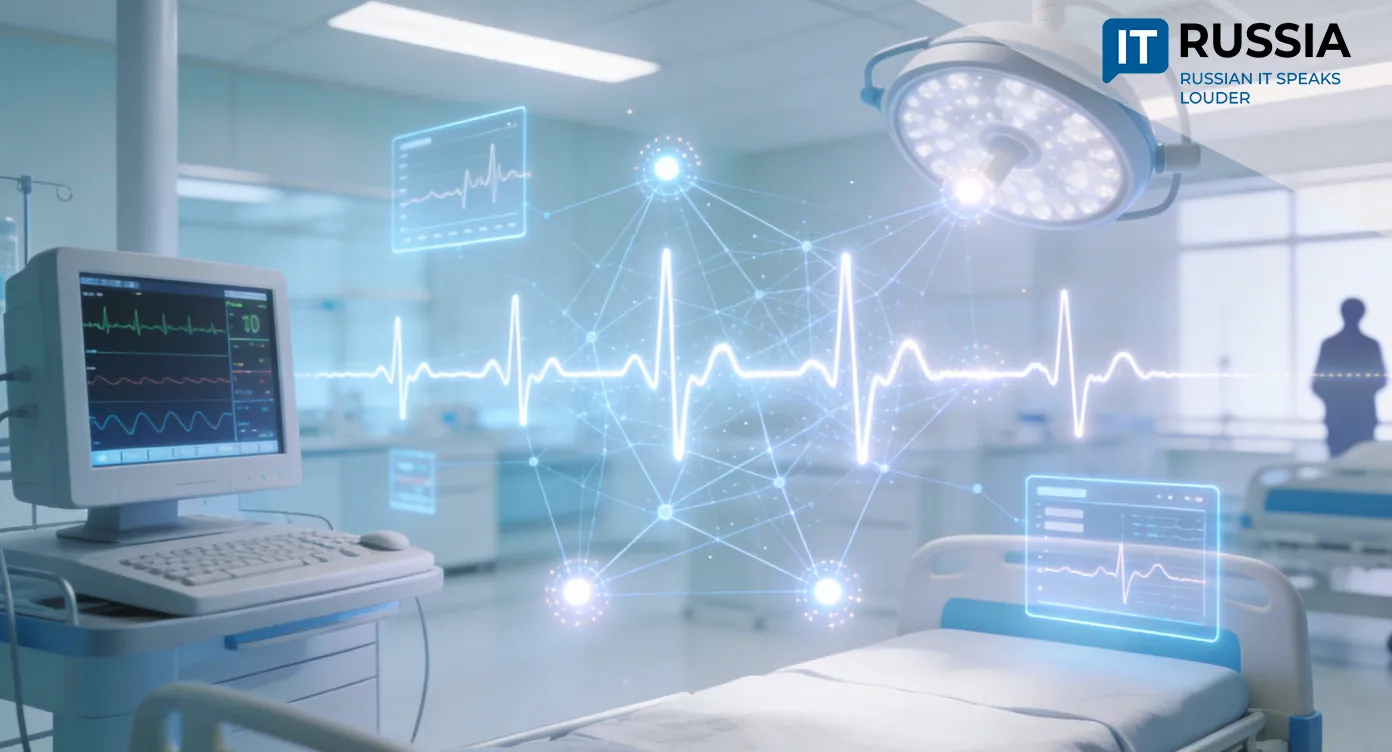Vladimir Embraces Artificial Intelligence for Smarter Urban Mobility
Artificial intelligence is transforming road traffic management in Russia’s Vladimir region. The new system has boosted average travel speeds by 15–20% and cut delays by up to 45%, marking a breakthrough in regional smart transportation.
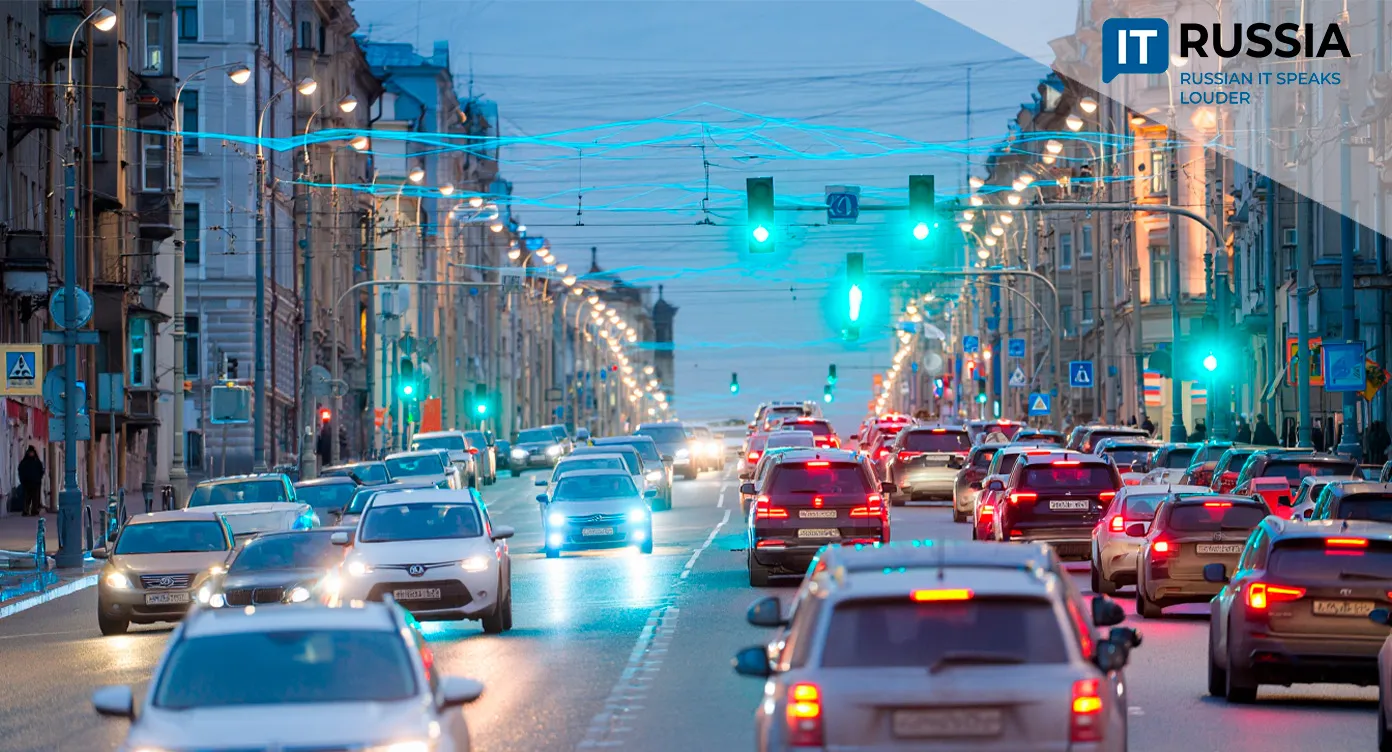
Traffic Lights That Think
The Vladimir region has launched an intelligent traffic management system that uses AI to analyze data from motion sensors, video cameras, and weather stations to automatically optimize traffic flow.
The introduction of AI increased the average travel speed from 35 to 40 km/h — a 20% improvement — while reducing the number of road accidents by 10–25%. At the core of the system is adaptive traffic light coordination. The AI doesn’t just react to traffic jams — it predicts congestion and proactively redirects vehicle flow. The system now operates across major roads in Vladimir, Kovrov, and Murom, processing real-time data such as traffic density, public transport load, and weather conditions.

As a result, peak-hour stops decreased by 25%, saving drivers up to 15 minutes per 30-minute trip. Reduced stops and faster traffic movement cut intersection delays by 20% and overall travel delays by 20–45%, while the number of stops dropped by 32–66%. For residents, this means less time spent in traffic and a more comfortable commute. For the region, it demonstrates how smart technologies can improve infrastructure efficiency and public satisfaction.
Nationally, the success in Vladimir highlights Russia’s growing capability to implement AI-driven urban management systems at a regional scale, supporting the broader digitalization of the country’s infrastructure.
Scalability and National Integration
The scalability of Vladimir’s solution opens vast opportunities for replication across other Russian regions. In 2024, intelligent transportation systems (ITS) were introduced in 62 urban areas across 56 federal subjects under the national project ‘Safe and High-Quality Roads.’ Regional leaders have already demonstrated strong results and are securing long-term contracts to expand ITS deployment — a sign of growing strategic planning for smart transport development.
A key strategic objective is seamless integration across all administrative levels, from local systems to the federal highway network, forming a unified national ITS framework. The technology’s application within Russia includes AI analytics, sensor networks, and adaptive traffic lights aimed at improving safety, environmental outcomes, and operational efficiency. Future smart mobility development also involves dynamic route optimization, big data analysis, and comprehensive monitoring of traffic patterns.

Evolution of Intelligent Transport in Russia
The Vladimir initiative is part of a wider national effort to advance intelligent transport. Since 2020, dozens of Russian regions have built or upgraded ITS infrastructure from the ground up. Leading regions include Tyumen, Krasnoyarsk, Ryazan, Belgorod, Sochi, Tula, Perm, and Kazan.
These projects leverage digital platforms, neural networks, artificial intelligence, the Internet of Things, and big data analytics. Since 2025, ITS implementation has continued under the new national program ‘Infrastructure for Life,’ which also supports R&D for domestic hardware and software, updates standards, and trains specialists.
Vladimir’s region has additionally deployed a neural network–based monitoring complex that automatically detects illegal waste dumping from vehicles outside designated disposal areas.

Toward Fully Integrated Smart Mobility
By 2027, Vladimir’s ITS is expected to expand to cover more streets, intersections, and data sources. By 2030, integration with public transport, car-sharing, and micromobility systems is planned, along with predictive traffic routing and replication in other cities. The ultimate goal is a nationwide ITS network covering all major urban areas and federal highways.
Long-term, Russia aims to develop a fully integrated smart mobility ecosystem linking municipal and regional systems via a unified digital platform. Achieving this requires consistent funding, technical support, workforce training, and reliable data management.
For the Russian economy, intelligent transport represents a strategic asset — reducing logistics costs, improving quality of life, and reinforcing the competitiveness of domestic AI and infrastructure developers.


